Regulators Hoses
()Sort by
-
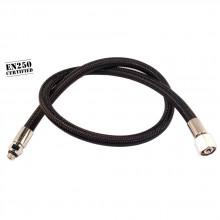
Metalsub Regulator Hose Flex
12 €
-
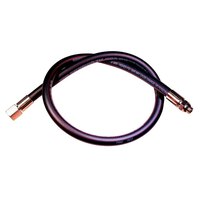
Metalsub Regulator Hose
10.99 €
-

Miflex XTR 3/8 Hose
23.99 €
-

Metalsub Regulator Hose Flex
13.49 €
-

Apeks Hose 3/8 Black
53.99 €
-

Metalsub Regulator Hose
12.49 €
-
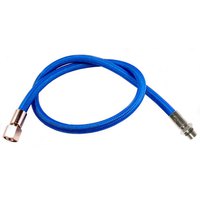
Metalsub Regulator Flex Hose Male 1/2´´ UNF
14.99 €
-

Metalsub Regulator Hose Flex
13.49 €
-

Metalsub Oxygen Regulator Hose
12.99 €
-

Metalsub Regulator Flex Hose Male 1/2´´ UNF
14.99 €
-

Metalsub Regulator Flex Hose Male 1/2´´ UNF
14.99 €
-
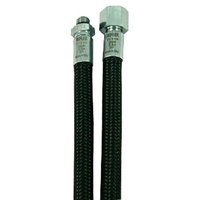
Miflex High-Flexible LP Regulator Hose UNF 3/8
24.99 €
-

Aqualung LP for Titan/Calypso Hose
25.99 €
-

Apeks Octopus Hose 3/8
72.99 €
-

Apeks Hose Flexi Octo 3/8
43.49 €
-

Scubapro LP hose
36.49 €
-

Metalsub Regulator Hose Flex
13.49 €
-

Metalsub Regulator Flex Hose Male 1/2´´ UNF
14.99 €
-

Metalsub Regulator Hose Flex
12.99 €
-

Metalsub Regulator Flex Hose Male 1/2´´ UNF
14.99 €
-
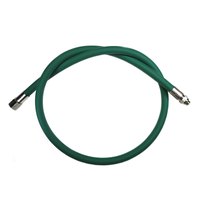
Metalsub Nitrox Regulator Hose
13.99 €
-

Metalsub Regulator Flex Hose Male 1/2´´ UNF
14.99 €
-

Metalsub Regulator Hose Hookah
30.99 €
-
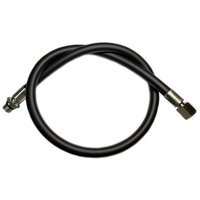
Metalsub Regulator Hose Male 1/2´´ UNF
12.99 €
-

Miflex High-Flexible LP Regulator Hose UNF 3/8
25.99 €
-

Miflex High-Flexible LP Regulator Hose UNF 3/8
26.99 €
-
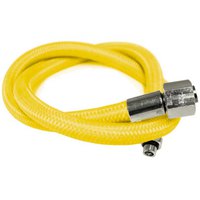
Miflex Regulator Hose Xtreme F M
21.49 €
-

Miflex Xtreme LP Hose
21.49 €
-
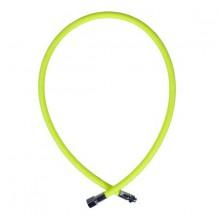
Miflex Xtreme LP Hose
27.49 €
-

Miflex High-Flexible LP Regulator Hose UNF 3/8
26.99 €
-
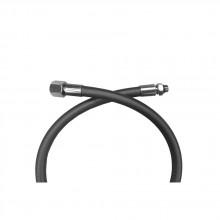
Hydpro Regulator Hose Maxi Flex S Pro
26.99 €
-

Hydpro LP Regulator Hose
30.99 €
-

Cressi LP Hose
24 €
-

Aqualung LP Hose 3/8 for Octopus
31 €
-

Aqualung LP 3/8 Hose
37.99 €
-

Apeks Flexi 3/8 Double Swivel Hose
59 €
-

Apeks Hose for DST series before 2007
78.99 €
-

Apeks HP Carbon
46.99 €
-

Apeks Regulator Hose Aquaflex
58.99 €
-

Scubapro LP Hose
31.99 €
-

Metalsub Regulator Hose Flex
13.49 €
-
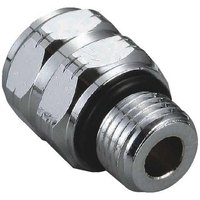
Metalsub Fitting Adapter Male 1/2 Female 3/8
5.99 €
-

Metalsub Regulator Flex Hose Male 1/2´´ UNF
14.99 €
-

Metalsub Regulator Flex Hose Male 1/2´´ UNF
14.99 €
-
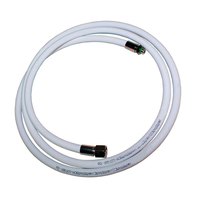
Metalsub Oxygen Regulator Hose Hookah
40.99 €
-
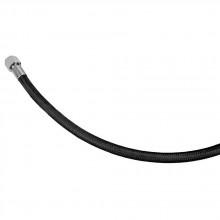
Best Divers Regulator Xtreme Black 3/8 Hose
26.99 €
-
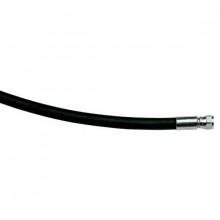
Best Divers LP Hose Regulator F M
17.99 €
-

Miflex XTR 3/8 Hose
25.99 €
-

Miflex High-Flexible LP Regulator Hose UNF 3/8
26.99 €
-

Miflex XT Tech MP 3/8 Hose
32.99 €
-
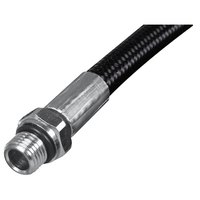
Miflex High-Flexible LP Regulator Hose UNF 1/2
27.99 €
-

Miflex Carbon HD HP Hose 7/16
43.49 €
-

Miflex High-Flexible LP Regulator Hose UNF 3/8
26.99 €
-

Miflex Xtreme LP Hose
27.99 €
-

Miflex High-Flexible LP Regulator Hose UNF 3/8
26.99 €
-

Miflex XTR 3/8 Hose
28.99 €
-
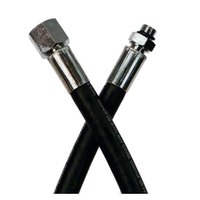
Hydpro LP Regulator Hose
20.99 €
-

Cressi LP for Octopus Yellow Hose
19.99 €
-

Aqualung Glacia Hose
56 €
-

Aqualung BP Hose 3/8 Legend Glacia
47.99 €
-

Aqualung BP Aqua Flex Hose
36.99 €
-

SEAC Octopus Hiflex Hose
33 €
-
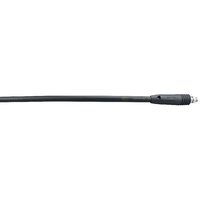
SEAC Regulator Hose
21.49 €
-

SEAC Hiflex Hose
28.99 €
-

Apeks Flexyhose Flight
57 €
-

Apeks Flexi 3/8´´ Hose
56.99 €
-

Apeks Flexi Seatec Hose
41 €
-

Apeks Flexi 1/2 Hose
90 €
-

Scubapro LP hose
35.99 €
-

Scubapro LP Hose with Swivel
89 €
-

Metalsub Regulator Hose Flex
11.99 €
-
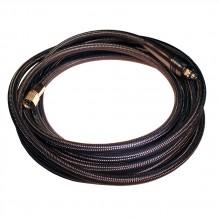
Metalsub Regulator Hose Flex Hookah
119.99 €
-

Metalsub Narguile Standard Hookah Hose
30.99 €
-

Metalsub Regulator Flex Hookah Hose
39.99 €
-

Metalsub Regulator Flex Hookah Hose
41.49 €
-
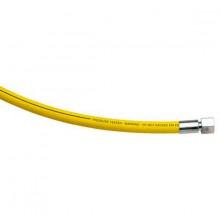
Best Divers LP Hose Octopus F M
27.49 €
-
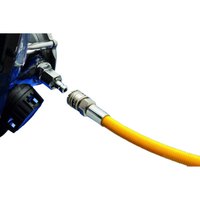
Ocean Reef Extraflex Quick Connect Hose 120 cm
111.49 €
-
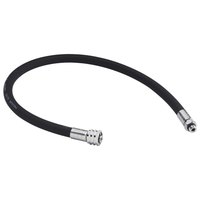
OMS Low Pressure Hose UNF 3/8
45 €
-
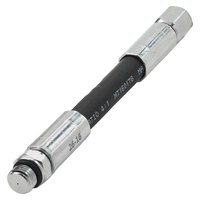
OMS High Pressure Hose
45 €
-
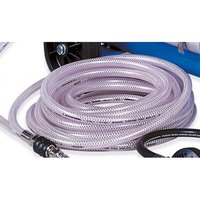
Coltri Hookah Hose For Eolo 25 m
165.99 €
-

Miflex XTR 3/8 Hose
26.99 €
-

Miflex XTR 3/8 Hose
28.99 €
-

Miflex Xtreme LP Hose
26.99 €
-

Miflex High-Flexible LP Regulator Hose UNF 3/8
26.99 €
-

Miflex Xtreme LP Hose
28.99 €
-

Miflex Xtreme MP 3/8 Hose
29.99 €
-

Miflex High-Flexible LP Regulator Hose UNF 1/2
34.49 €
-

Miflex XTR 1/2 Hose
32.99 €
-

Miflex High-Flexible LP Regulator Hose UNF 3/8
26.99 €
-

Miflex XTR 3/8 Hose
28.99 €
-

Miflex XTR 3/8 Hose
28.99 €
-

Miflex High-Flexible LP Regulator Hose UNF 3/8
26.99 €
-

Miflex High-Flexible LP Regulator Hose UNF 1/2
49.99 €
-

Oceanic Maxflex Hose
24.99 €
-
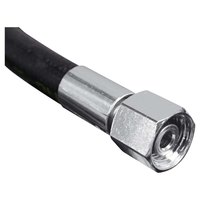
Bts Low Pressure Hose UNF 1/2
24.99 €
-
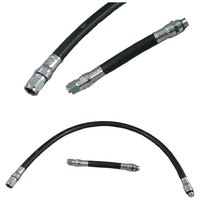
Halcyon Stage Bottle High Pressure SPG
50 €
How to choose hoses for scuba diving?
A hose for scuba diving is an elastic tube particularly created for transferring gasses or liquids underneath pressure during diving. Also defined as, stretchy piping for carrying liquids from one place to another.Hose designs are based on an assortment of applications and renditions. Typical factors are dimensions, stress rating, weight, altitude, straight hose or spiral hose, and chemical affinity.
Hoses serve more than stretchy, fortified tubes. They are the core of your process serving as transfer conduit for a variety of applications in scuba diving. You can buy these hoses for scuba diving from these brands: Cressi, SEAC, Mares, Aqualung, Apeks, and Scubapro.
Tips to choose hoses for scuba diving
When choosing hoses for scuba diving, it´s important to consider factors such as length, material, fittings, and purpose. Here are some tips to help you select the right hoses for your diving needs:
Length: Determine the appropriate hose length based on your diving preferences. Common hose lengths range from 15 cm to 100 cm or more. Longer hoses may be suitable for diving with multiple cylinders, while shorter hoses are often used for backup or stage cylinders.
Material: Scuba hoses are typically made of durable materials like rubber or braided nylon. Rubber hoses are flexible, resistant to abrasion, and suitable for most recreational diving. Braided nylon hoses are lighter, more flexible, and can be a good choice for technical or deep diving where reduced buoyancy is desired.
Fittings: Consider the type of fittings on the hoses. Ensure that the hoses have compatible fittings with your regulators first stage or the valves of your cylinders.
Purpose: Different hoses serve different purposes in scuba diving. Here are a few common types:
Primary regulator hose: This hose connects the first stage of your regulator to your primary second stage. It should be of appropriate length and material for your diving style and environment.
Alternate air source/octopus hose: This hose connects your primary regulator to your alternate air source or octopus. It should be long enough to allow comfortable sharing of air with a buddy and should be easily identifiable.
High pressure hose: High pressure hoses connect the pressure gauge or dive computer to the first stage of the regulator. Ensure the length is sufficient to reach your gauge or computer.
Inflator hose: Inflator hoses are used for buoyancy compensator devices BCDs and drysuits. Check the appropriate length and fittings for your specific BCD or drysuit.
Quality and safety: Ensure that the hoses you choose are from reputable manufacturers and comply with industry standards for safety and performance. Look for hoses that are rated for appropriate pressure and have been tested and certified by recognized organizations.
Maintenance and replacement: Consider the ease of maintenance and availability of replacement parts for the hoses. It´s important to regularly inspect and maintain your hoses, and having access to compatible replacement parts can be helpful in case of wear, damage, or failure.
Remember, it´s crucial to properly care for and maintain your hoses, regularly inspecting them for signs of wear or damage. Replace hoses that show any signs of deterioration or if they have reached the manufacturer´s recommended service life.

























